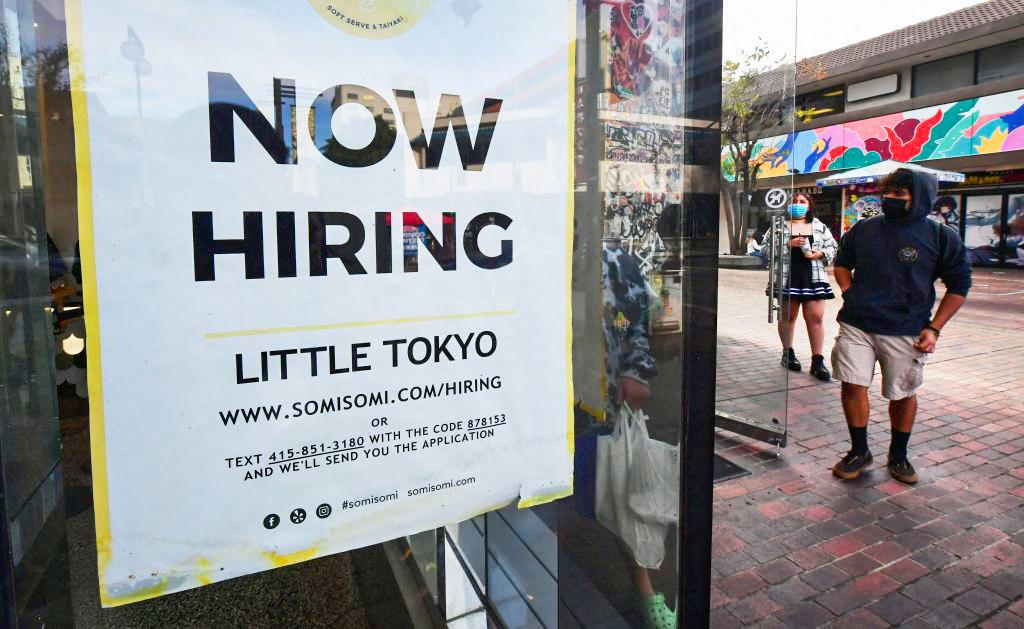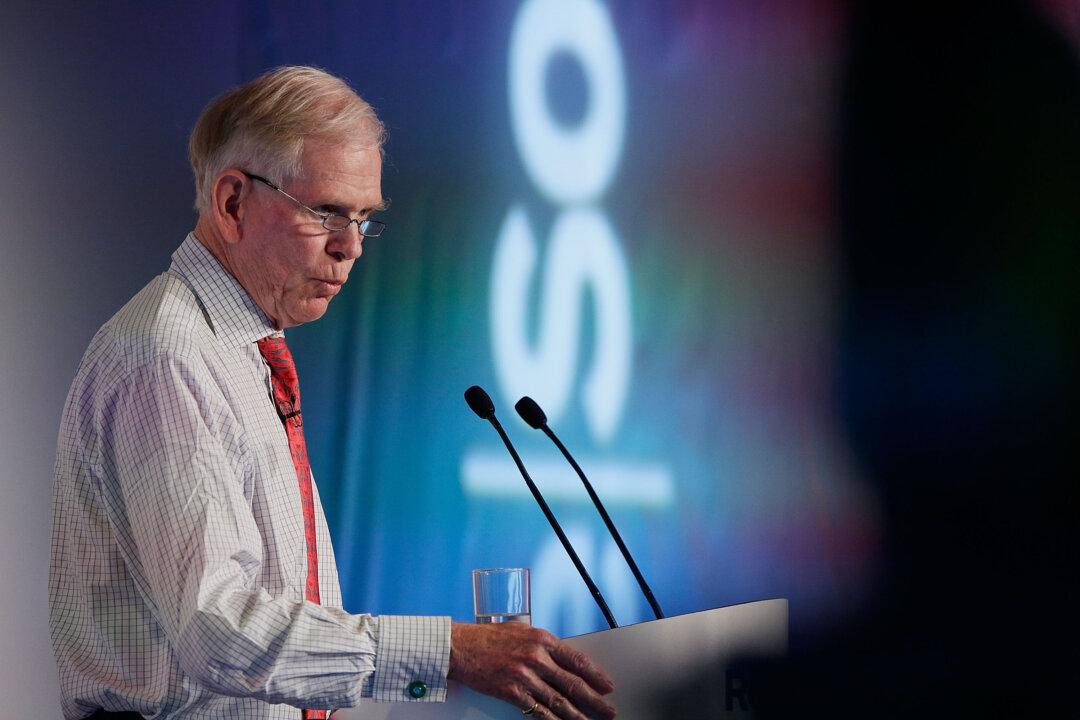ADP on Thursday released its monthly nonfarm payroll report, which indicated a month of underwhelming job creation in May that fell short of expectations but continued a pattern of diminishing returns in the labor market for the past several months.
In its most recent monthly employment report, ADP relayed a net gain of 128,000 nonfarm private employment between April and May, qualifying as the fourth consecutive month in which job creation decelerated.





